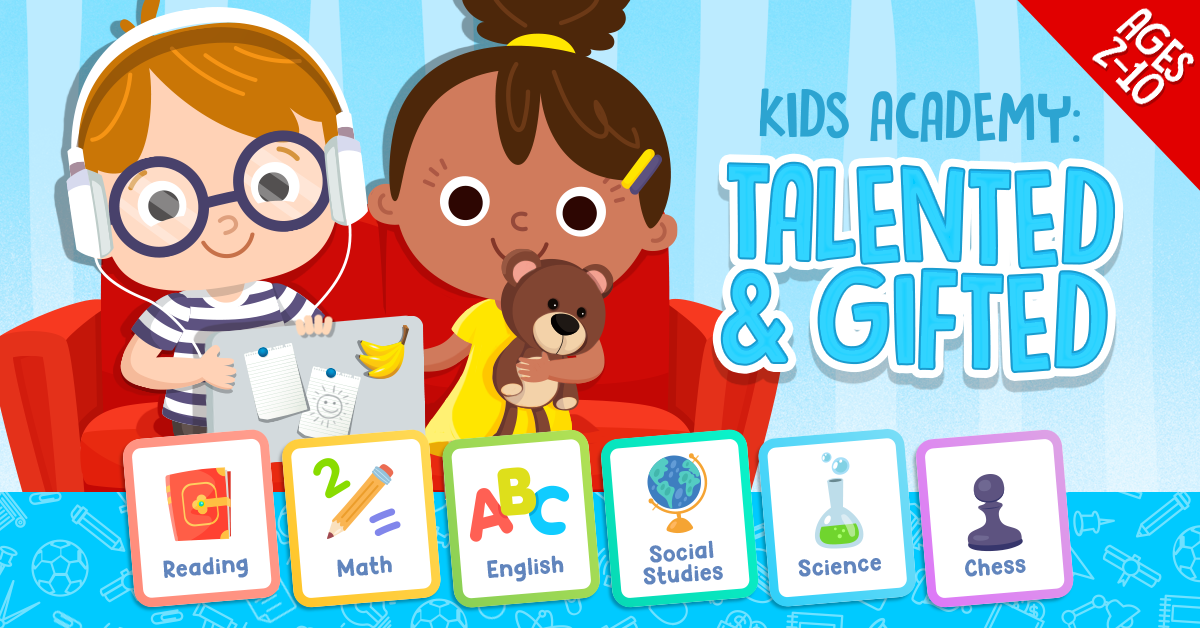Enhancing Reading Comprehension Reading Worksheets for Ages 3-8
10 filtered results
-
From - To
Boost your child's reading skills with our carefully designed "Enhancing Reading Comprehension Worksheets" specifically tailored for ages 3-8! At Kids Academy, our engaging and colorful printable worksheets focus on building crucial comprehension skills, early literacy, and fostering a love for reading. From understanding story sequences to identifying key details, our worksheets provide a delightful learning journey perfect for young readers. Each activity is crafted to support your child’s cognitive development and is aligned with educational standards. Help your little one become a confident reader with fun and effective practice tools! Explore our collection today.


Changes to the Amazon Worksheet
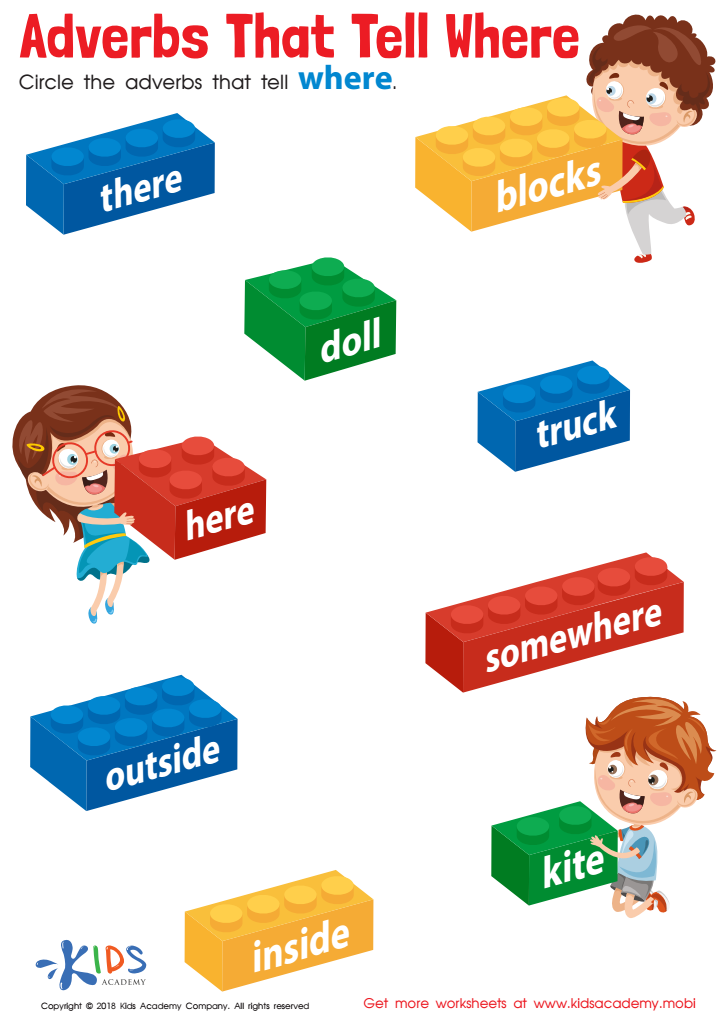

Adverbs That Tell Where Worksheet


Growing Plants Worksheet
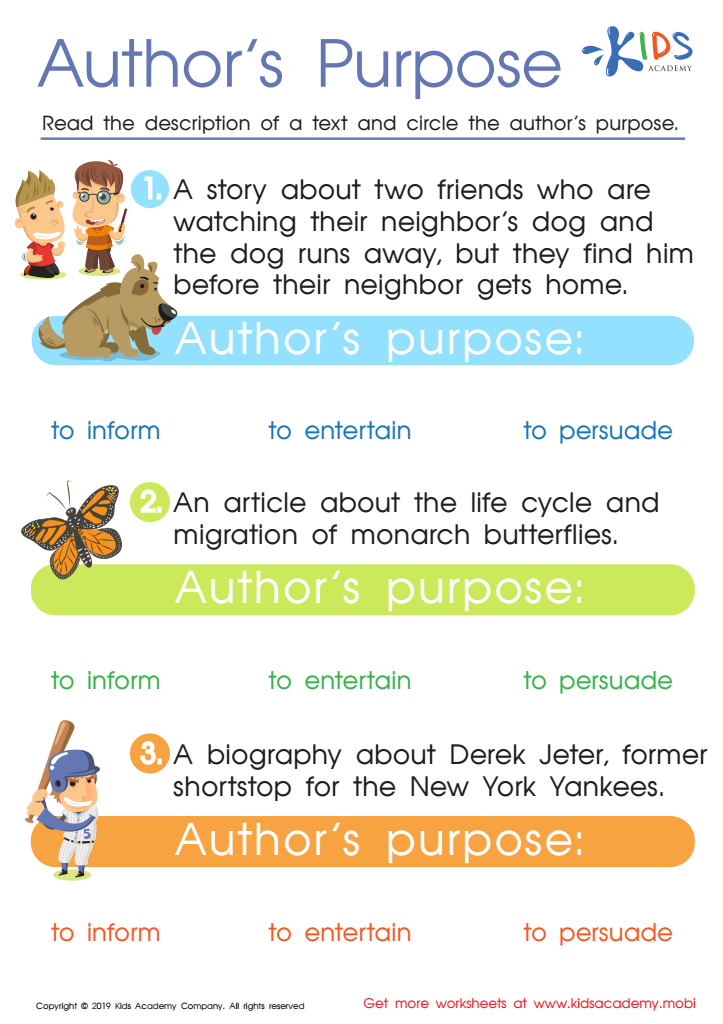

Author's Purpose Worksheet
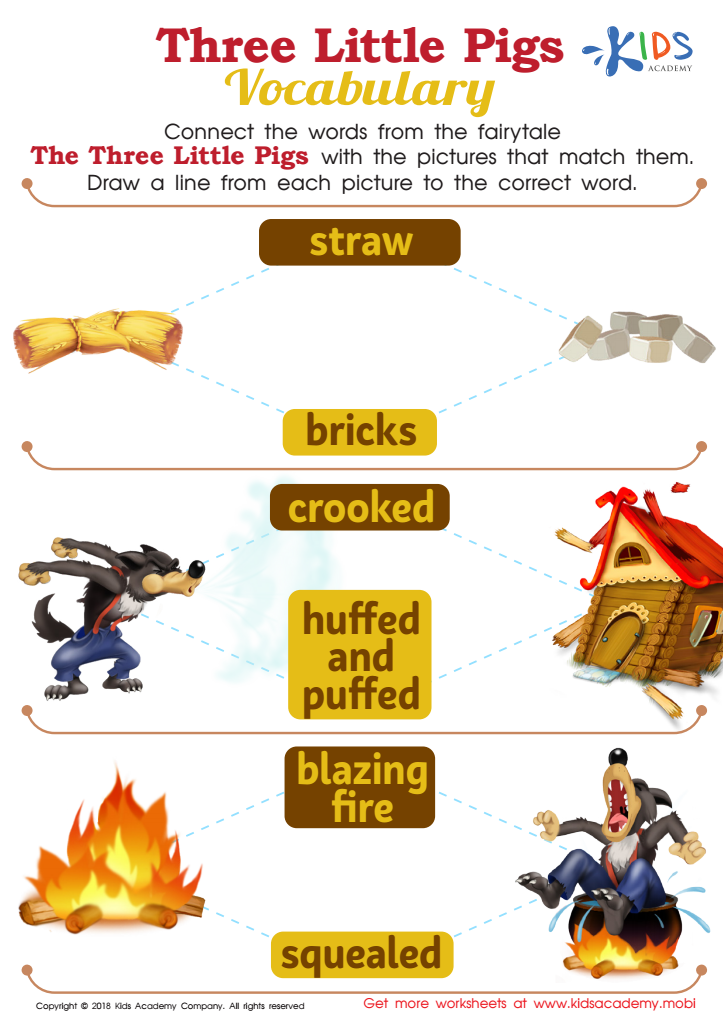

Three Little Pigs Vocabulary Worksheet


Suffixes –ful and –less Worksheet


Preposition Pencils Worksheet
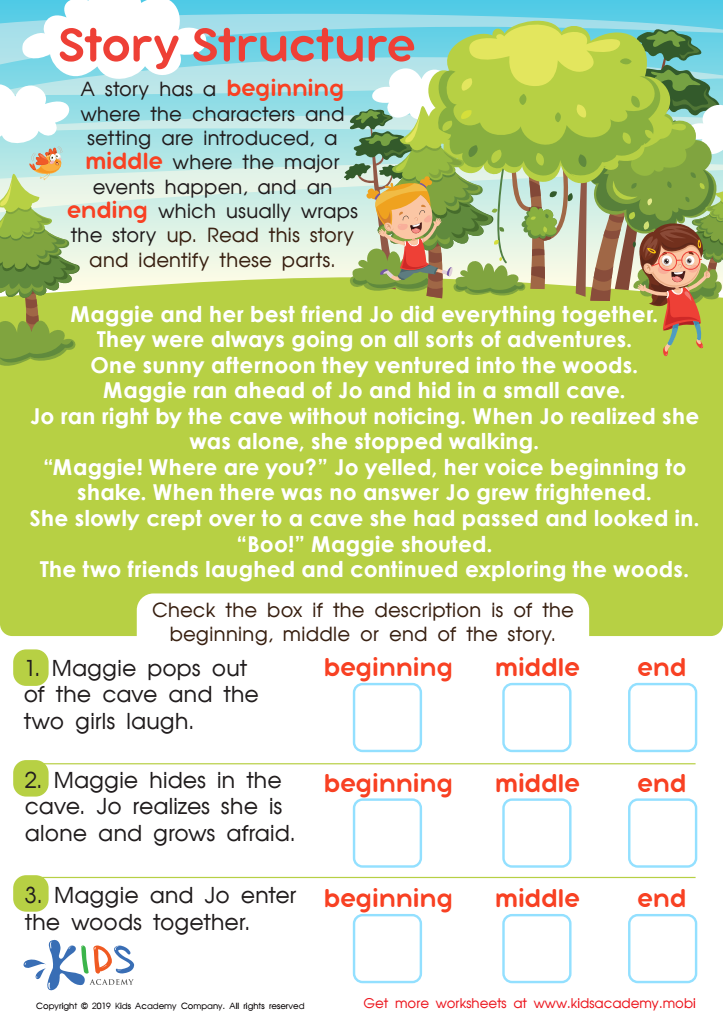

Story Structure Worksheet
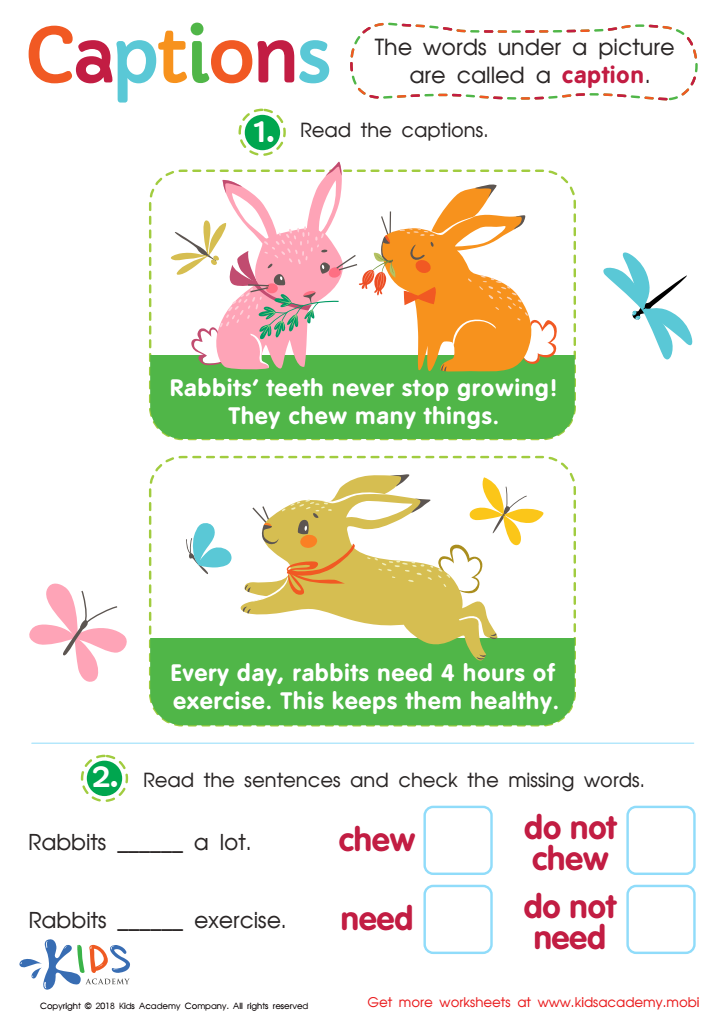

Captions Worksheet
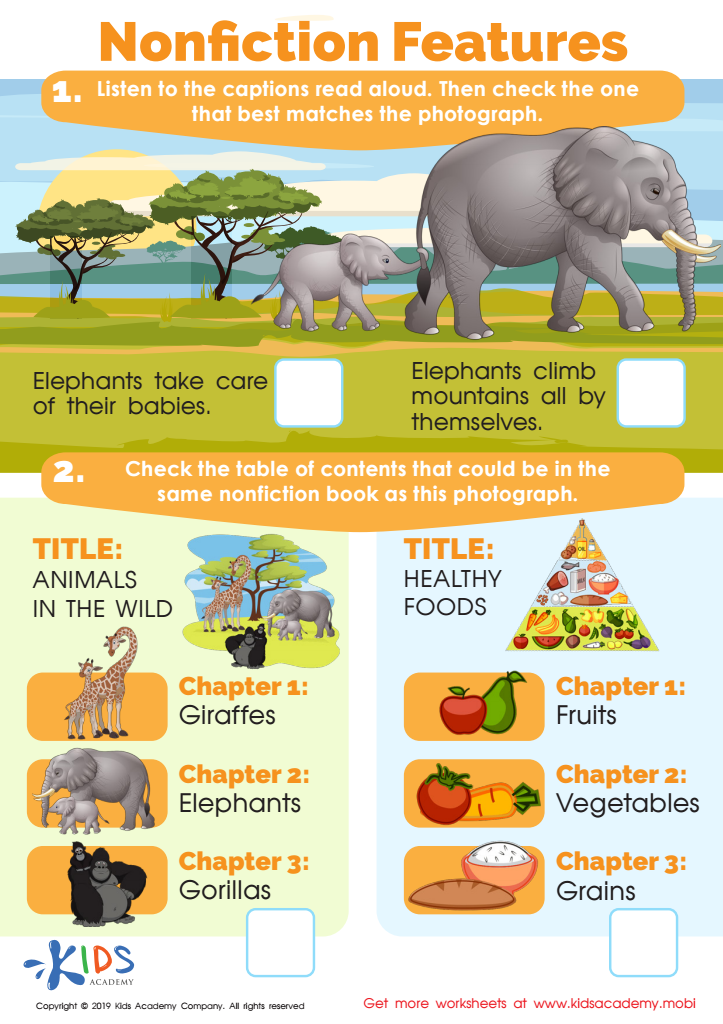

Nonfiction Features Worksheet
Enhancing reading comprehension for children ages 3-8 is crucial for their cognitive and academic development. During these formative years, young minds are exceptionally adaptable and capable of absorbing new information. Fostering strong reading skills early on sets the stage for future academic success and lifelong learning.
Reading comprehension is not just about recognizing words; it involves understanding and interpreting text, which nurtures critical thinking and problem-solving skills. By promoting reading comprehension, parents and teachers help children develop the ability to make connections between ideas, increasing their knowledge base and ability to think deeply.
Moreover, early reading competency is closely linked to overall academic achievement. Children who develop robust reading comprehension are more likely to excel in other subjects like math, science, and social studies, as these areas increasingly require the ability to read and understand complex texts.
Additionally, reading together can bolster parent-child or teacher-student relationships, providing a shared experience that fosters emotional bonds and encourages a love of learning. Enjoyable reading sessions can spark curiosity and enhance a child's imagination and creativity, making learning feel like an adventure rather than a chore.
Ultimately, by emphasizing reading comprehension, parents and teachers equip children with essential skills that lay the foundation for academic success, emotional intelligence, and a lifelong love of reading.
 Assign to My Students
Assign to My Students


.jpg)




